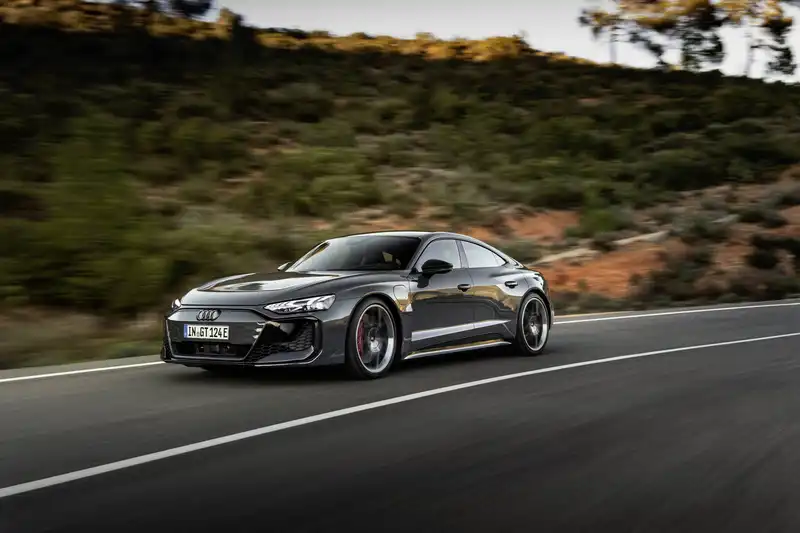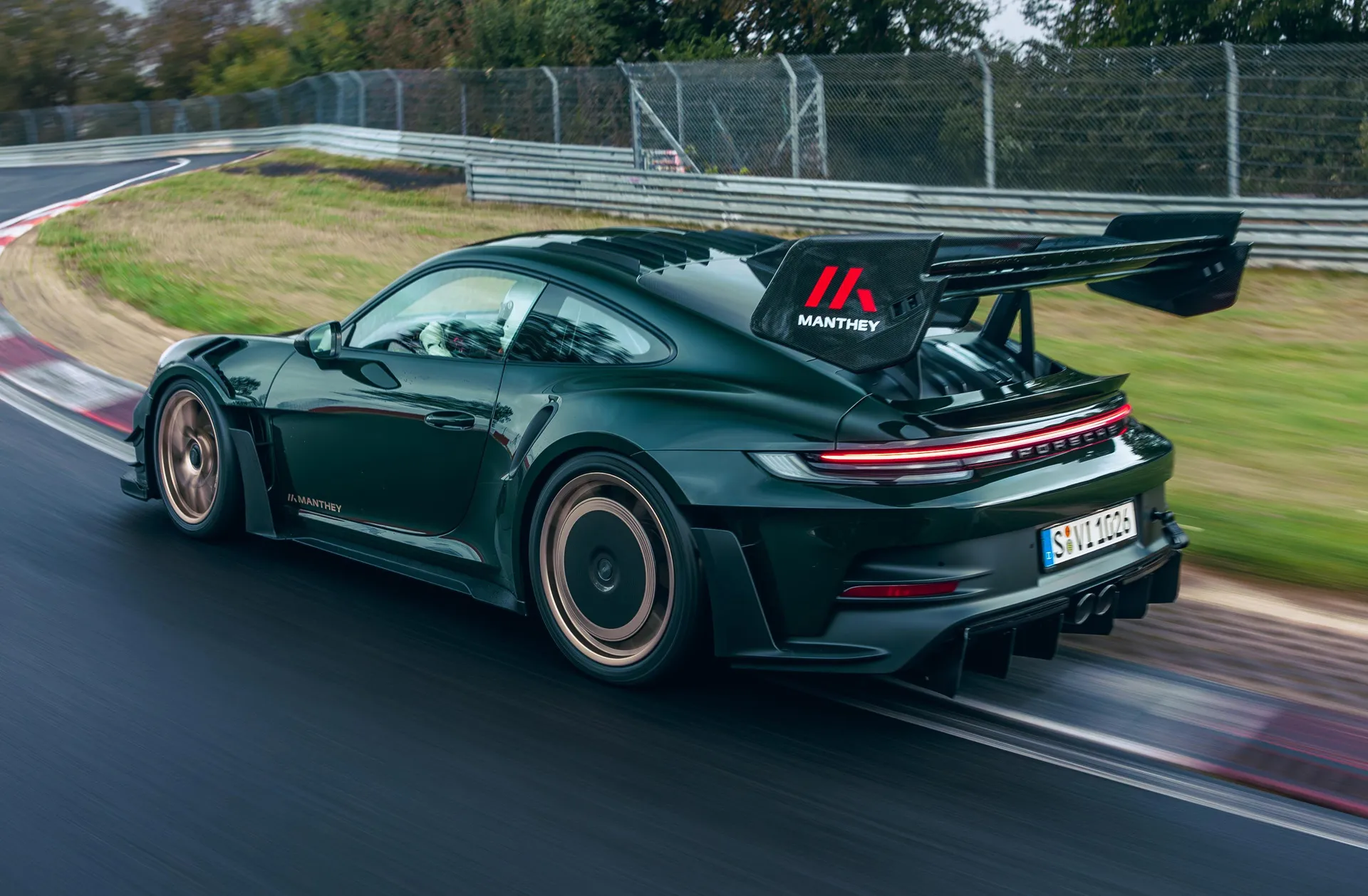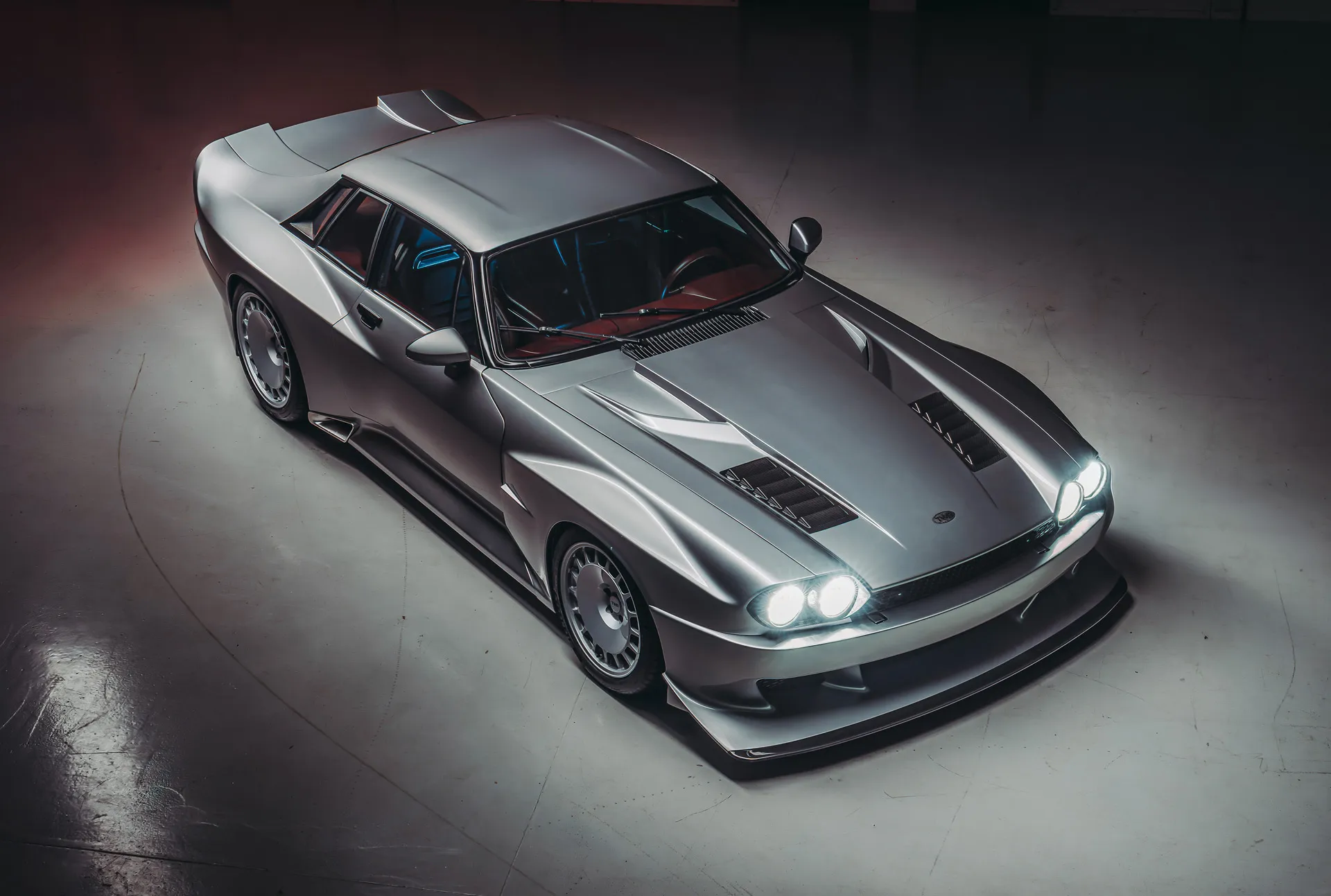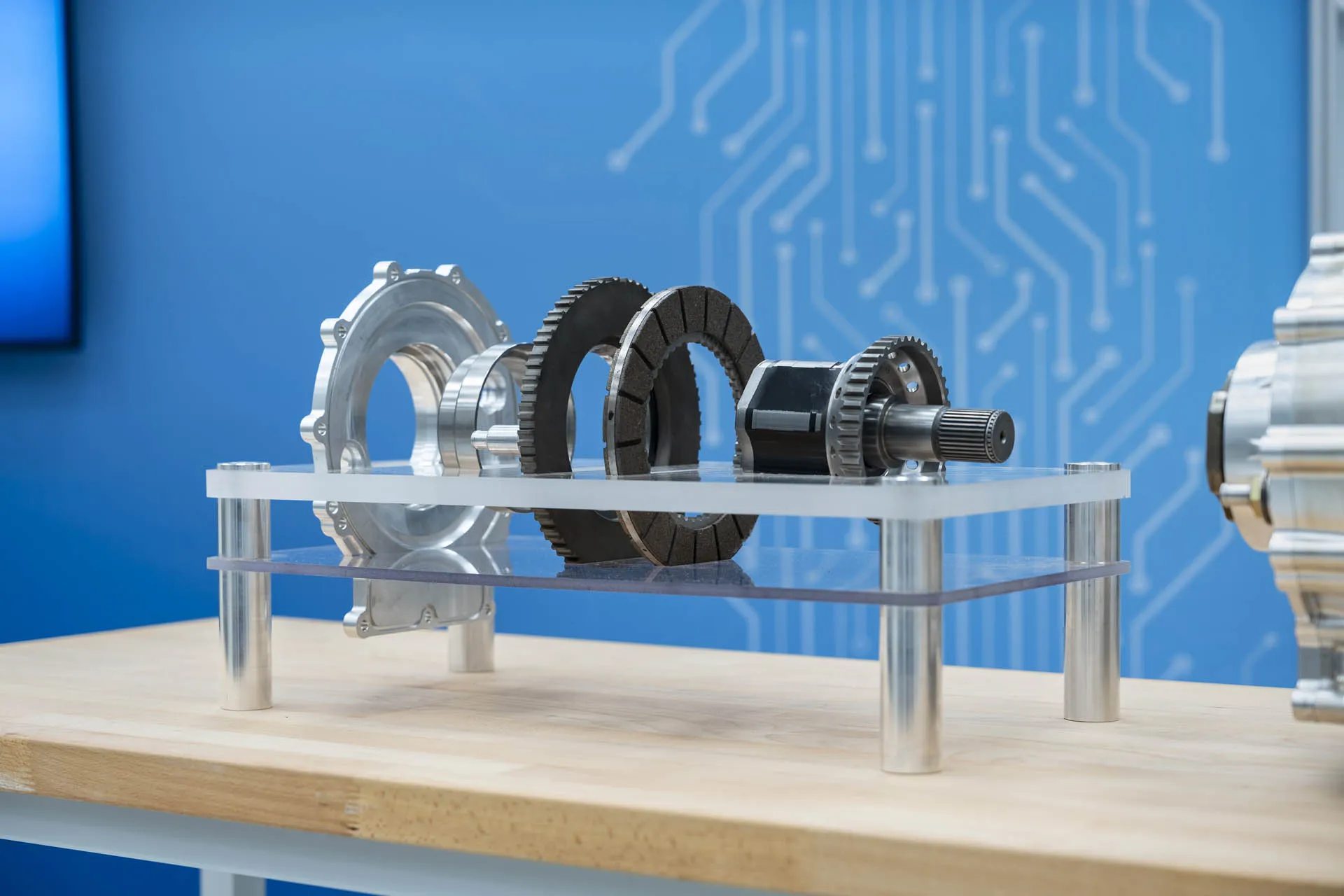That's why idling engines don't heat up
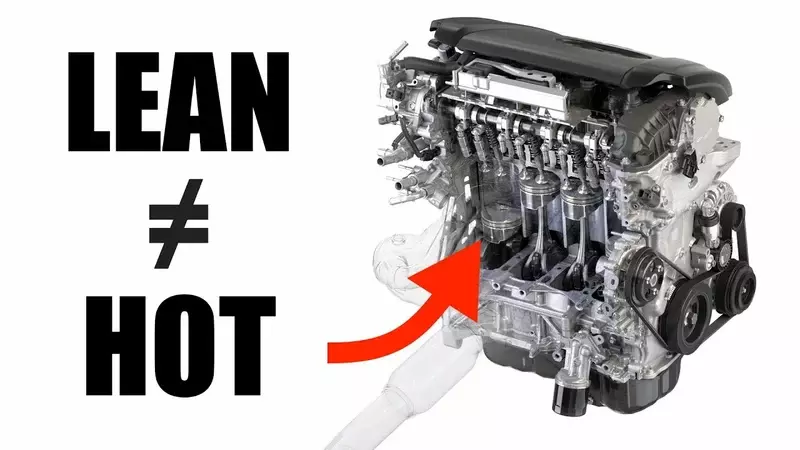
There are many myths about how internal combustion engines work. One of them is that engines run lean, meaning that too much air entering the cylinders causes them to overheat - a myth that Jason Fenske of Engineering Explained debunks in this video.
The ideal ratio of gasoline to air for combustion is 14.7:1. A lean mixture contains more air than this mixture, i.e., more air than can be used for combustion. The opposite of a lean mixture is a rich mixture containing less than 14.7 parts air and too much fuel.
According to Fenske, temperature tends to peak at the ideal ratio and drop regardless of whether the engine is lean or rich.
High temperatures also correspond to high emissions of nitrogen oxides (NOx), one of the main pollutants produced by internal combustion engines, Fenske notes; the chemical reactions that produce NOx occur at high temperatures.
Why does the temperature decrease when switching to a lean or enriched mixture? This is due to residual combustion of fuel. The excess fuel in the rich mixture turns from liquid to gas and cools the cylinder. The excess air in the lean mixture is not burned during combustion, so its presence lowers the cylinder temperature. This is the basic principle behind exhaust gas recirculation systems, which, according to Fenks, some automakers use to reduce NOx emissions.
So where does the myth that fuel-efficient engines run hot come from? Fenske believes that people may be confusing "unboosted" engines with purely lean engines.
When tuned for power, Fenske says, engines are usually tuned to run rich. Again, "rich" refers to an air-to-fuel ratio of less than 14.7:1. As the mixture approaches the ideal ratio, temperatures rise and the likelihood of knocking increases. According to Fenske, the higher risk of knock occurrence with a mixture closer to the ideal ratio compared to a richer mixture that is further from the ideal ratio can be a source of confusion. In general, the closer the mixture ratio is to 14.7:1, the higher the combustion temperature.
